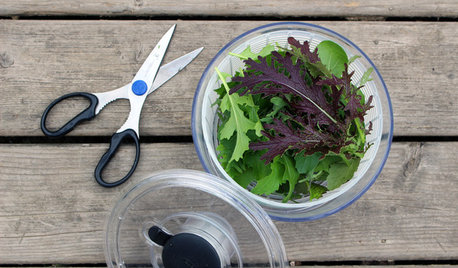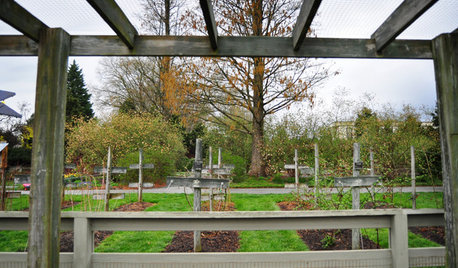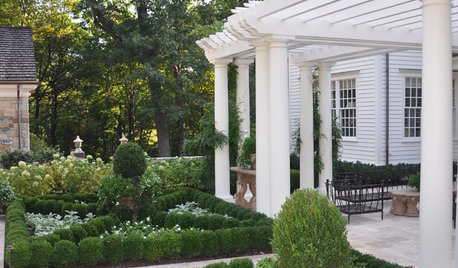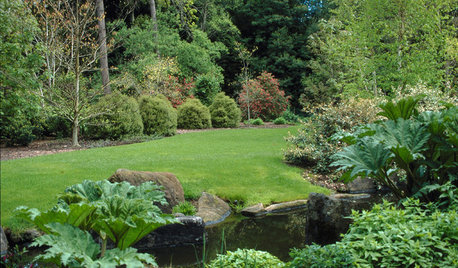I am a new gardener. I started with 4 beds 8 X3 feet each arranged in a square with 2 foot paths. It is on the south east side of the house which gets shade after 3 pm, which is good since it was 100 most of the summer. The hottest summer in quite some time. Not good for a new gardener. I liked the way it looked and watering and moving around was easy. But the 3 sisters garden I tried did not work out well. I saw a site that had the corn mounds 5 feet apart. I had 3 corn mounds 3 feet apart, and 3 squash mounds, 3 feet apart in each bed due to lack of space. I got very few corn due to lack of pollination. I thought this was due to planting too close but, I read later, it was the heat and drought.
Anyway, to try something different, I expanded my garden to about 17 X 12 feet with no paths. I was going to plant the beans in mounds between the corn mounds, not around the corn stalks, since I had trouble getting them to sprout in the shade of the corn. So, the beans would be 5 feet apart and 2 1/2 feet from the corn. A few bean mounds would be replaced by squash mounds. I would have had 3 corn mounds by 4 corn mounds.
This year, most green beans died and the limas never sprouted. The black eyed peas did grow put did not start to make beans till a few weeks ago. Too hot and dry! I am on round 3 of squash. Round 1 and 2 were eaten up by the dreaded squash borers. Not much luck this summer for a new gardener!
After I moved the bricks which surrounded my beds to the larger garden size, I had no paths, so I I had to walk around in the garden. Watering became confusing. I watered about everyday, because even when I watered deep, the plants wilted if I watered every other day, and the moisture meter read dry each day. Course there was not much to water in the garden, but southern peas, sickly looking ones at that.
So, with the larger garden and the watering difficulties, I thought about making watering ditches. I have started to make ditches every 3 feet the whole width of the garden from the house side to the yard side. I will be able to fill the ditches from the 2 foot wide walk way between the house the garden, without having to walk all over the garden. It took me a a long time to commit to this plan as I knew there had to be something I was missing. I also thought about making watering holes every so often instead, but I would have to walk in the garden to get to them. The other thing I thought of was to place large rocks around the garden to help retain moisture.
The problem is: with watering ditches, planting will be in rows, which I think looks very boring, and I think inter planting may be better for the plants.
I almost posted this in the permaculture forum since I think planting in the landscape has more promise of success, but the soil is so dry around the trees, with little fertility, I will have to have a dedicated garden bed until I get more trees and build up more soil fertility there. I also think certain veggies are not well suite to landscape planting, like corn and beans. They might not get enough sun. I know tomatoes would do better under a tree, since I had a tomato plant volunteer by a large bush in the front flower bed. It made tomatoes all summer unlike the ones I planted in the garden that made 7 tomatoes before the heat made them quit producing. But I knew if I posted over there, they would say, plant in the landscape. I have read most of gaias garden (a permaculture book) and find it all rather confusing.
I got the idea for ditches looking at my brown yard this summer. We only mowed three times and the drought turned it all brown till a few weeks ago. The grass was green for about 1 foot by the sidewalk and patio. The concrete was holding water, so I thought a watering ditch every 2-3 feet would provide water for about 1 foot on each side. But I still have my concerns that I am messing up. Will this work, or I am just using up valuable garden space on holes? The other issue is where do I walk? I figured I could fill the ditches with porous rocks which would hold water, and possibly put a light layer of mulch over that. I would plant up to about 6 inches to each side of the ditches so that would give me 1 foot to walk in. Seems like a waste of space.
I have since given up on the 3 sisters garden idea, since to get corn to mature in weather less than 90 degrees, I would have to plant in aug or sept. I want to still try cow peas in the summer, and no corn to plant between so why bother. I also figured squash would be better suited to fall.
I will have 6 3 foot rows. I will plant sun flowers on the west row to block some of that hot sun. I will also plant sunflowers on the south side too. I hope all of this is not dumb. I can't possibly get much less produce than I did this year. So basically, I will have 4 rows of cow peas and peanuts, and reserve 1 row for corn in the fall. I will reserve 3 feet on the house side of every other row of beans for the squash so they will get more shade that way.
Another problem I am having now is, I cannot complete these ditches until the current cow peas are done. They are in the way of the planned ditches. I have partially dug the ditches. It looks like I could have an erosion problem if I don't fill them with something.
I also had a tomato bed. I expanded that, and I have put up poles for pole beans. Any tomatoes I will plant will be in the shade of a tree on the north side of the house. As much as I hate rows, there are rows everywhere. I planted wax beans around these poles. There will be ditches in that bed too. So five rows of three poles each, with cool veggies near the house. of both beds. Actually, they are connected now. Probably flowers on the sunny part of the rows as well. This bed is 2 feet shallower.
If I put rocks in the ditches, what sort should I use. I was thinking lava rocks, not the lava sand but the landscaping rocks.
Please help me figure out what to do. It seems I keep changing my garden, and am so confused if I am on the right track.
I could go on, but enough to read for now.
I know a picture would help, but I don't have one.
















xericgardening
lakedallasmaryOriginal Author
Related Professionals
Citrus Heights Landscape Architects & Landscape Designers · Braintree Landscape Contractors · Commack Landscape Contractors · Las Vegas Landscape Contractors · Vermilion Landscape Contractors · Newington Siding & Exteriors · Zion Siding & Exteriors · Artesia General Contractors · Big Lake General Contractors · Broadview Heights General Contractors · Chillicothe General Contractors · Greensburg General Contractors · Mansfield General Contractors · Riverdale General Contractors · Van Buren General Contractorsxericgardening
lakedallasmaryOriginal Author
xericgardening
remuda1
lakedallasmaryOriginal Author